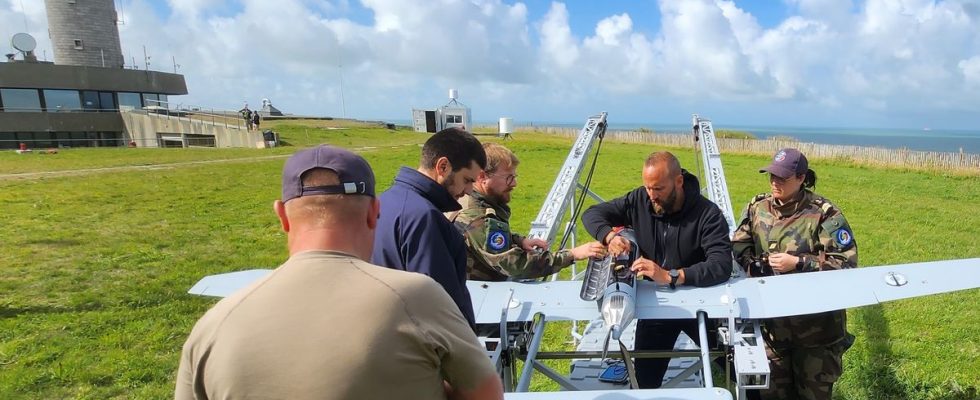Despite the importance of the resources deployed, whether on land, at sea or in the air, the illegal crossings of migrants from the northern coast to England are still numerous. Nearly 80,000 in 2022 according to figures from the Hauts-de-France prefecture. Faced with this phenomenon which seems impossible to stem, the authorities have decided to saturate the sky with cameras, firstly to prevent “small boats” from taking to the sea, but also to improve the responsiveness of emergency services in the event of a shipwreck.
Since last Thursday, a decree co-signed by the prefects of Nord, Pas-de-Calais and Somme, authorizes the simultaneous use of 76 flying cameras along 150 km of coastline in their departments. No procrastination, the assumed idea is to ensure “border surveillance” and “fight against their irregular crossing”, explains the text of the decree that 20 minutes was able to consult. What the authorities also assume is that it is “materially impossible to prevent irregular crossing” of said borders due to multiple factors, in particular the nature of the shores, urbanized, dunes or vegetated. And the quads and other buggies of the police do not change much. The prefects thus justify the need to “have a dynamic aerial vision”.
Surveillance on one side, rescue on the other
This “dynamic aerial vision” will therefore be provided by 76 “airborne cameras”, installed on planes, helicopters, but also drones. The latter will be operated by the zonal border police directorate (PAF), the three departmental public security directorates concerned and by the gendarmerie region. Other fixed-wing drones will be operated by sailors from the operational surveillance and territorial information training (Fosit). The maritime prefecture warns that they will be deployed “in addition” to the drones of the internal security forces but for rescue missions at sea and not coastal surveillance.
In any case, the idea is not to spy on local residents in their gardens and the decree therefore limits the area of action of flying cameras. The latter will only be able to capture images in a “coastal withdrawal strip” 5 km wide from the shore and extending from Bray-Dunes (59) to Mers-les-Bains (80). The prefectural authorization is also valid for a period of three months, but the order can be renewed.

